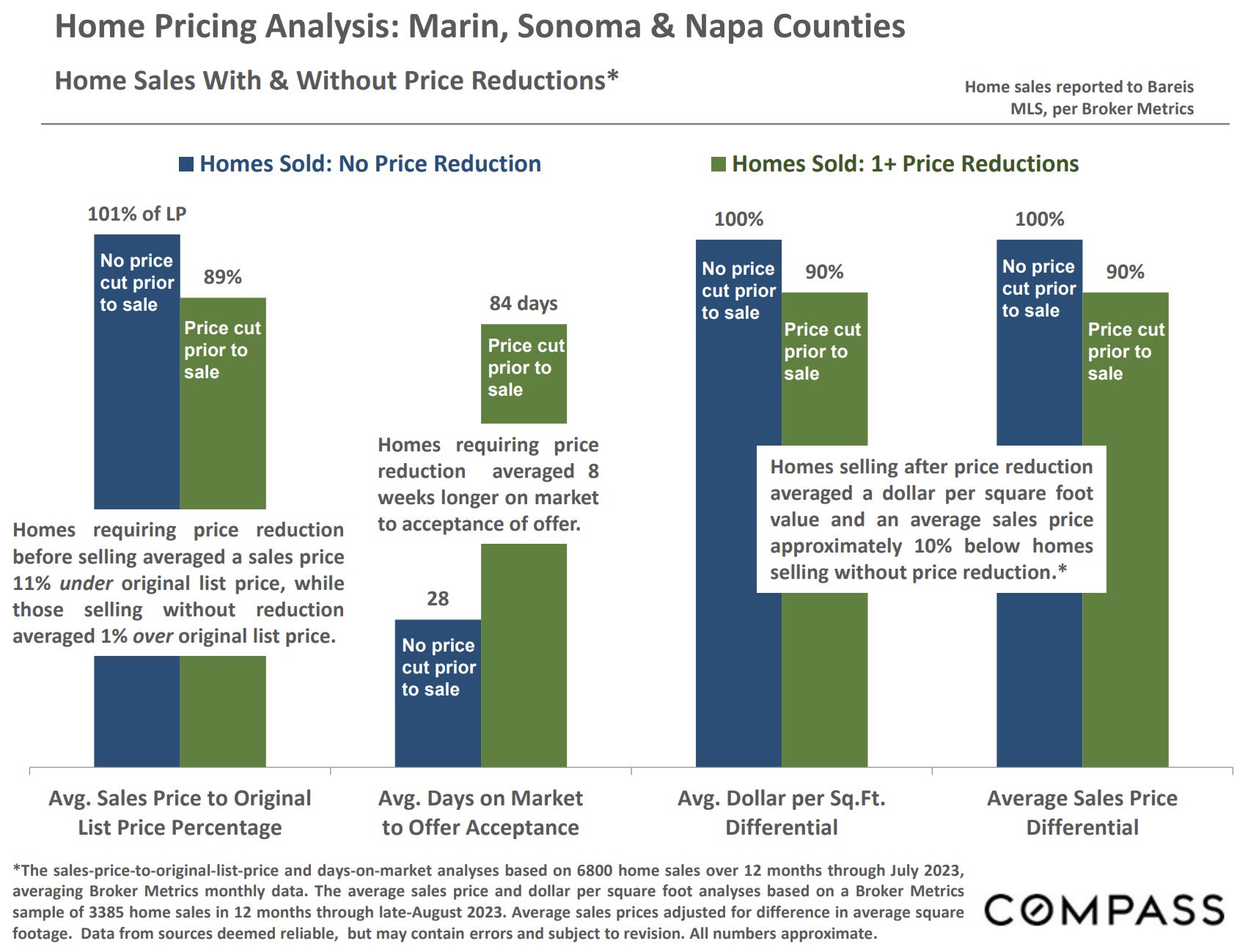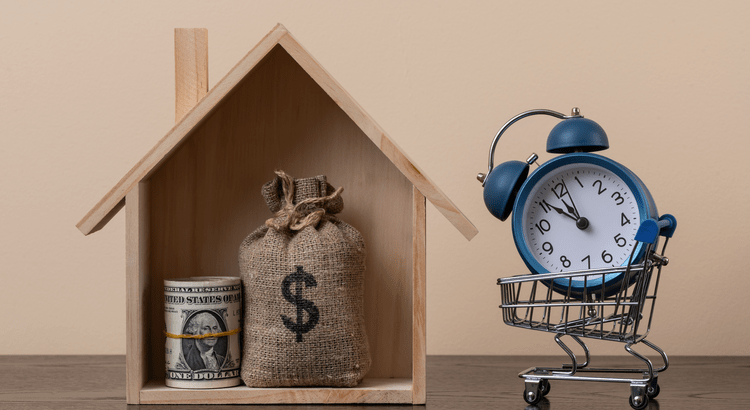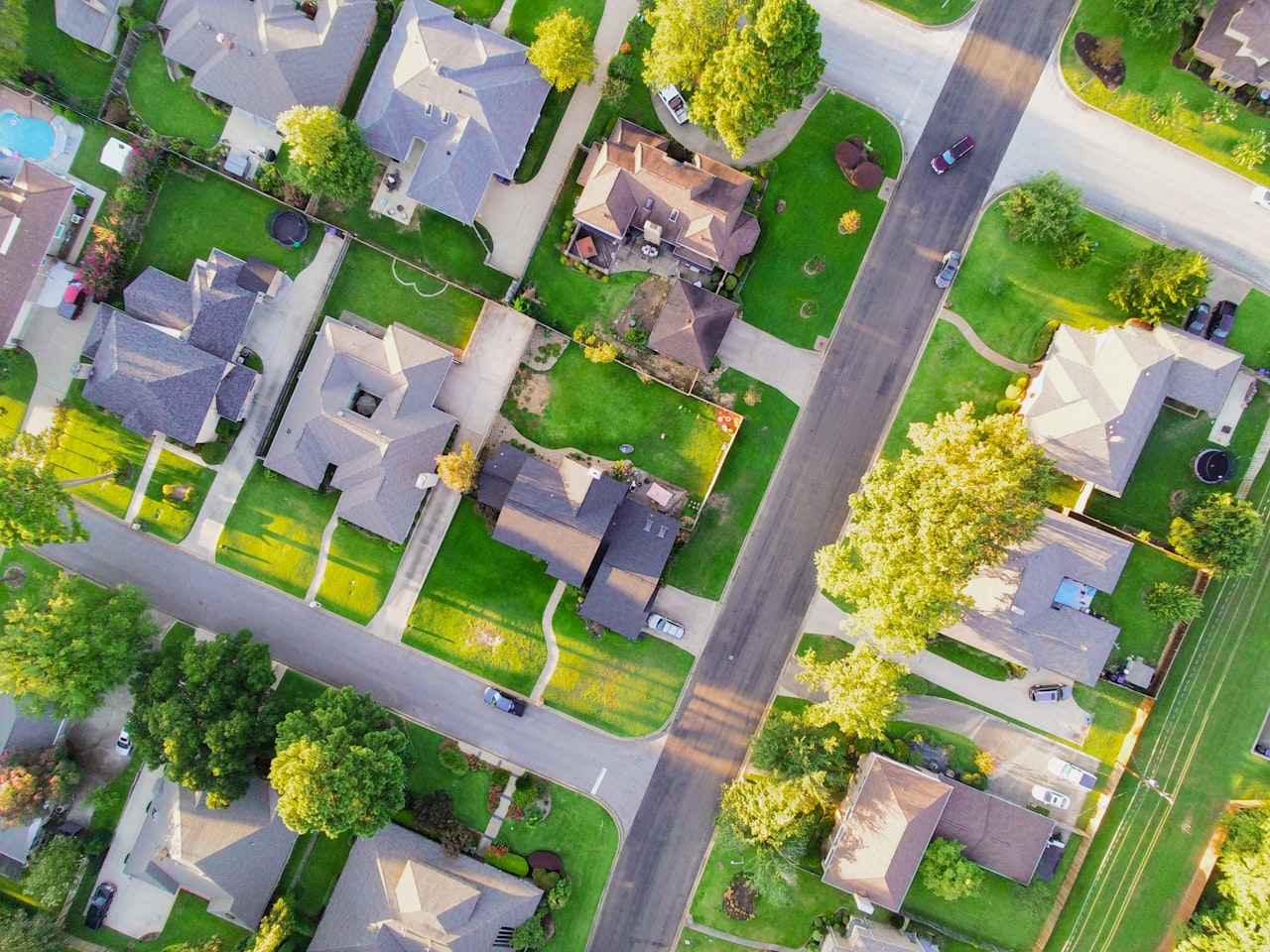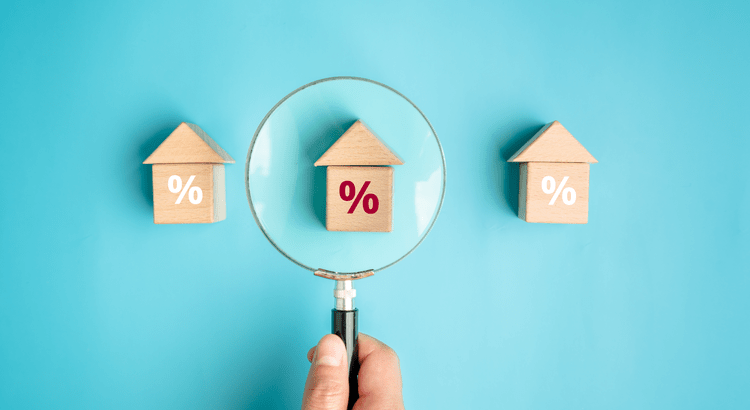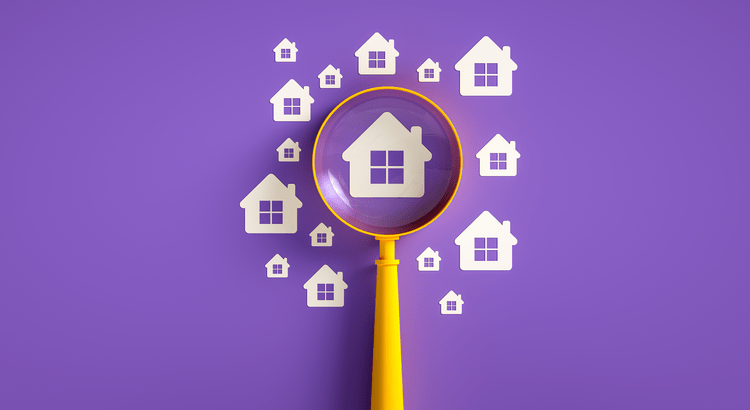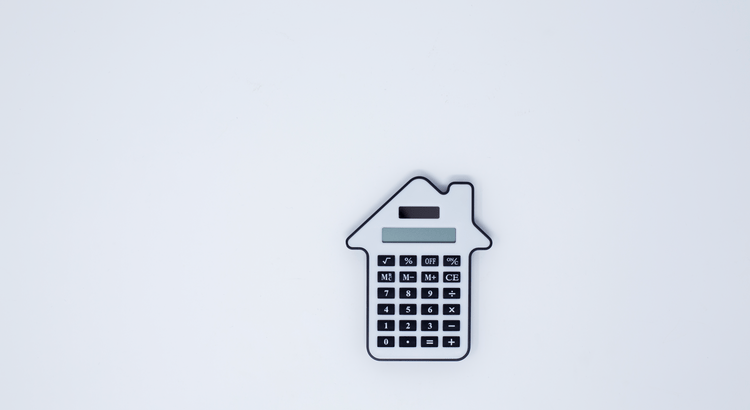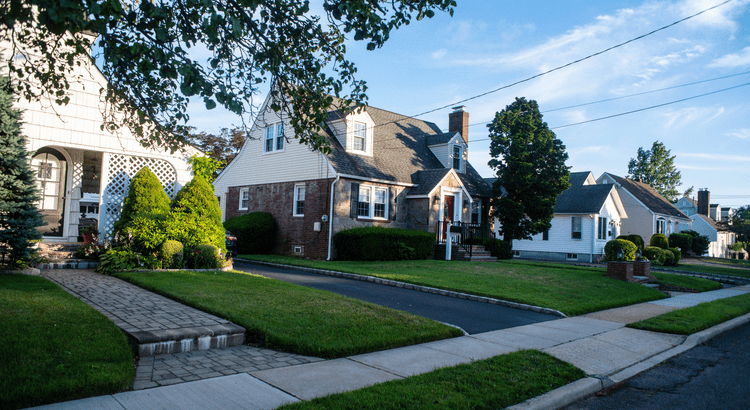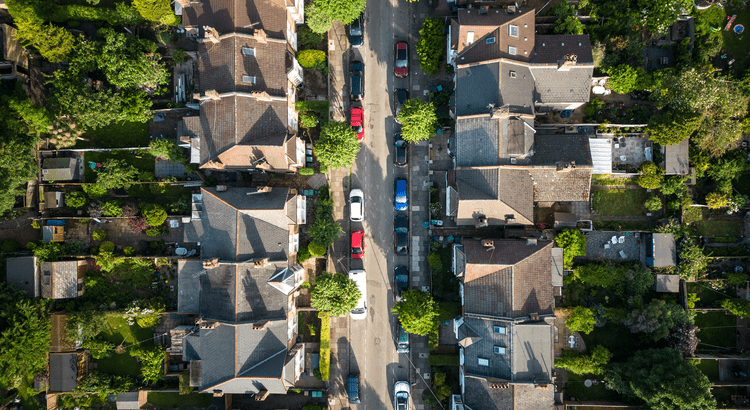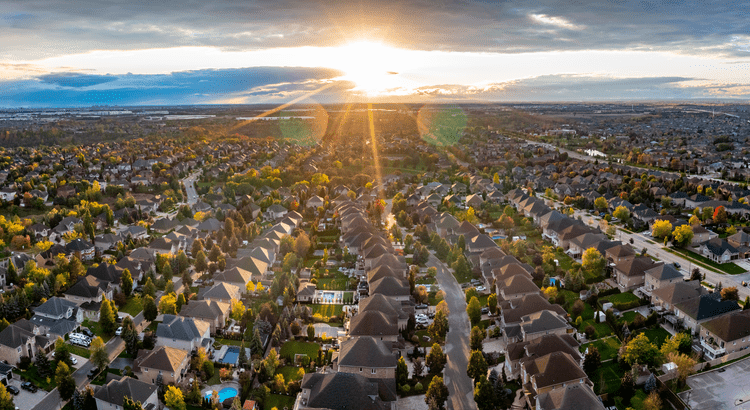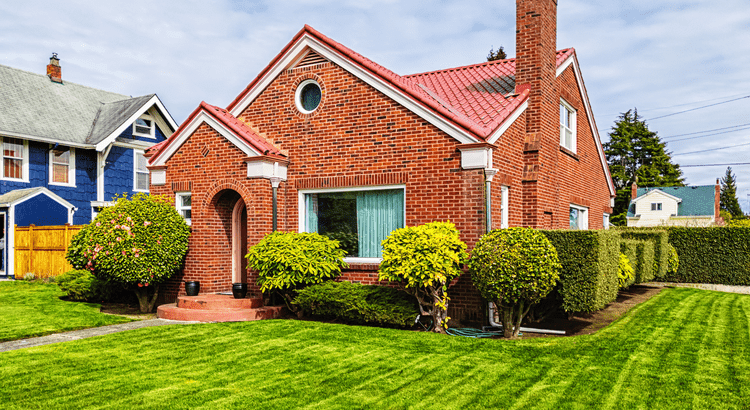As will be illustrated in this report and as experienced by Imagine Marin over the decades, overpricing one’s home prior to going on market almost always has negative ramifications for sellers: Across Bay Area markets, listings that require price reductions before selling consistently take much longer to sell and sell for significantly lower average values than homes priced correctly. The correct calculation of “fair market value” before going on market typically has large financial consequences.
Conversely, overpriced homes can provide opportunities for buyers who carefully track time on market and price reductions (as well as homes taken off the market without selling), and react accordingly. Such buyers will almost always face reduced competition from other buyers – often no competition, which generally eliminates any need for overbidding – and allows for more aggressive negotiation of the purchase price and terms of sale.
The Facts about Home Pricing
“Ironically, instead of getting more money… [Over-pricing] usually stigmatizes a property and reduces the eventual sale price to less than it would have been with more realistic pricing.” House Selling for Dummies.
"Fair market value" is the price where a qualified, reasonably knowledgeable buyer is willing to pay, which a seller, not under duress, is willing to accept after the home has been properly exposed to the market.
Neither agents nor sellers determine market value: Only the market itself – willing and able buyers – establishes value. A comprehensive comparative market analysis (CMA) is the best way to estimate current fair market value prior to listing the home for sale. Agent and seller then work together to create a plan – pricing, preparation and marketing – to maximize the conditions that reliably achieve the highest possible sales price.
The vast majority of buyers will not make offers on homes they consider significantly overpriced. Either they don’t want to waste their time, or are uncomfortable with possibly “offending” the seller. They simply move on to listings they consider fairly priced.
Well-priced homes create a sense of urgency in the buyer/broker communities to act quickly with strong, clean offers, and often lead to competitive bidding between buyers – which is the most likely way to increase sales price.
Overpricing wastes the optimum moment of buyer and broker attention: When it first comes on the market. This moment cannot be recaptured.
Overpriced homes kill any sense of buyer urgency and take longer to sell, which then significantly reduces value in buyers’ minds: “There must be something wrong with it if it hasn’t sold by now.” It almost always eliminates the possibility of competitive bidding.
“Let’s just put it out there at this price,” – higher than the comparative market analysis justifies – “and see how the market reacts” risks a substantial decline in sales price (see chart below).
If a listing has inadvertently been overpriced (or market conditions suddenly cool), the sooner it is recognized as such and the price adjusted, the smaller the negative impact. Price reductions must be big enough to regain the attention of buyers and their agents – typically 5%.
In order to win the listing, some agents suggest a list price considerably higher than what market conditions and comparable sales justify—because they believe this is what the seller wants to hear. This is called “buying the listing” and is a violation of the fiduciary duty of honesty that an agent owes their client.
In the Bay Area, the difference can add up to tens or even hundreds of thousands of dollars in the proceeds of sale.
SUMMARY
Using data on over 50,000 home sales occurring over a period of 12 months, we performed analyses such as this one on 5 Bay Area regions comprising 10 counties, comparing house, condo and townhouse listings that sold without reducing list price prior to sale, to those that required one or more price reductions before going into contract and closing sale. The specific results varied by market region, but large differences in sales-price-to-original-list-price percentages, measuring overbidding and underbidding, average days-on-market, measuring speed of sale, and average sales values were universal.
The calculations regarding the value differentials between these sales must be considered approximate: The same home can’t be sold at the same point in time at different list prices, with and without price reductions to compare the results. But in all the regional analyses we performed comparing the 2 types of sale, the average change in value – i.e. the average loss in value seen in price reduced homes – was about 10%. Certainly, this differential varied widely amid tens of thousands of individual homes in varying circumstances of sale, but considering home prices in the Bay Area, even a small percentage decline in sales price typically adds up to a substantial loss in seller proceeds.
[The majority of this article was created by Patrick Carlisle, Chief Market Analyst, San Francisco Bay Area, COMPASS]

